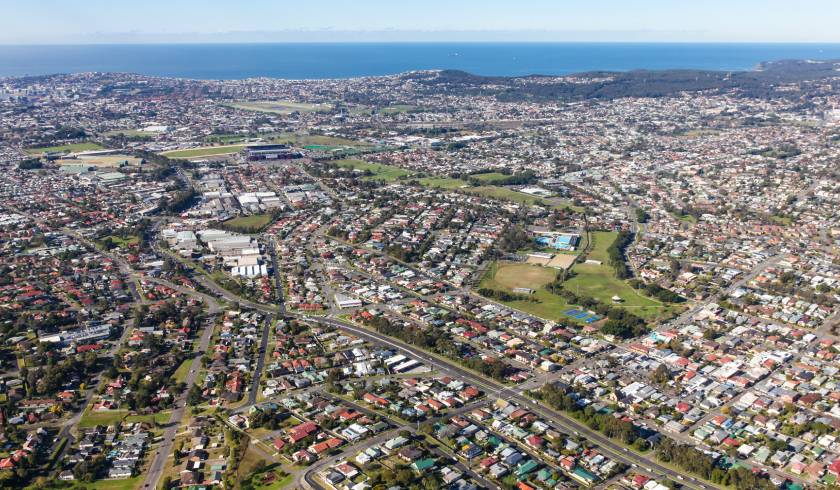The suburbs where residents hardly ever sell – and why
It takes a little over 10 years for the average Australian to outgrow their current home, but some suburbs far outpace the standard, hanging on to their residents for 20 years or more.

According to nationwide data from Ray White, the average house is held by an owner for 11.4 years, while units are typically owned for 10.6 years at a time before being traded out for a new one.
In the capital cities, Melbourne residents stay in their houses the longest, with an average of 12.6 years, and Perth residents hang on to their units for the greatest amount of time at 10.8 years.
But in Melbourne’s north-west, residents of Tullamarine are likely to keep their properties for far longer than the city’s average at 21.8 years. It’s a record eclipsed only by Sydney’s Sadlier neighbourhood, 37 kilometres from the city centre, where locals own their homes for 22 years a stretch.
In analysing these figures, Ray White chief economist Nerida Conisbee said that with the exception of Malabar in Sydney’s south, where the average house price was $2.675 million, the data revealed that the most tightly held suburbs tended to be the most affordable.
The most tightly held suburbs in Australia are:
- Sadlier, NSW – 22 years
- Tullamarine, Victoria – 21.8 years
- Vermont South, Victoria – 20.8 years
- Malabar, NSW – 20.6 years
- Milperra, NSW – 20.6 years
- Cambridge Gardens, NSW – 20.4 years
- Heidelberg, Victoria – 20.2 years
- Keilor Downs, Victoria – 19.9 years
- Kings Park, Victoria – 19.8 years
- St Johns Park, NSW – 19.8 years
Ms Conisbee noted that the data revealed four key characteristics that unite many of the suburbs where home owners hold on to their properties the longest:
- They generally contain a high proportion of older residents.
Long hold periods for some suburbs were due to the lifecycle of the suburb, according to Ms Conisbee. Many of these areas contain older people that would have bought when the suburb was just being developed; over a long period, they have become attached to the suburb and have decided not to move.
- They boast big homes on substantially-sized blocks.
Many of the suburbs with long-standing home owners are made up of large homes on decent sized blocks – but not too large. They tend to not include huge, luxury homes but rather spacious and comfortable lots.
- They’re considered affordable.
These aren’t particularly expensive locations in which to buy, which also means they’re generally not inner-city locales – especially seeing as the homes are often on the larger side. Ms Conisbee noted this long-running trend clearly shows “you don’t need to live in the most expensive suburbs to enjoy living there”.
- They’re community-minded with nice amenities.
Including established retail precincts and parklands, the suburbs where people stay the longest also usually have access to decent public transport. Overall, though they may not be close to city centres, Ms Conisbee considered them as pretty nice places to live.
